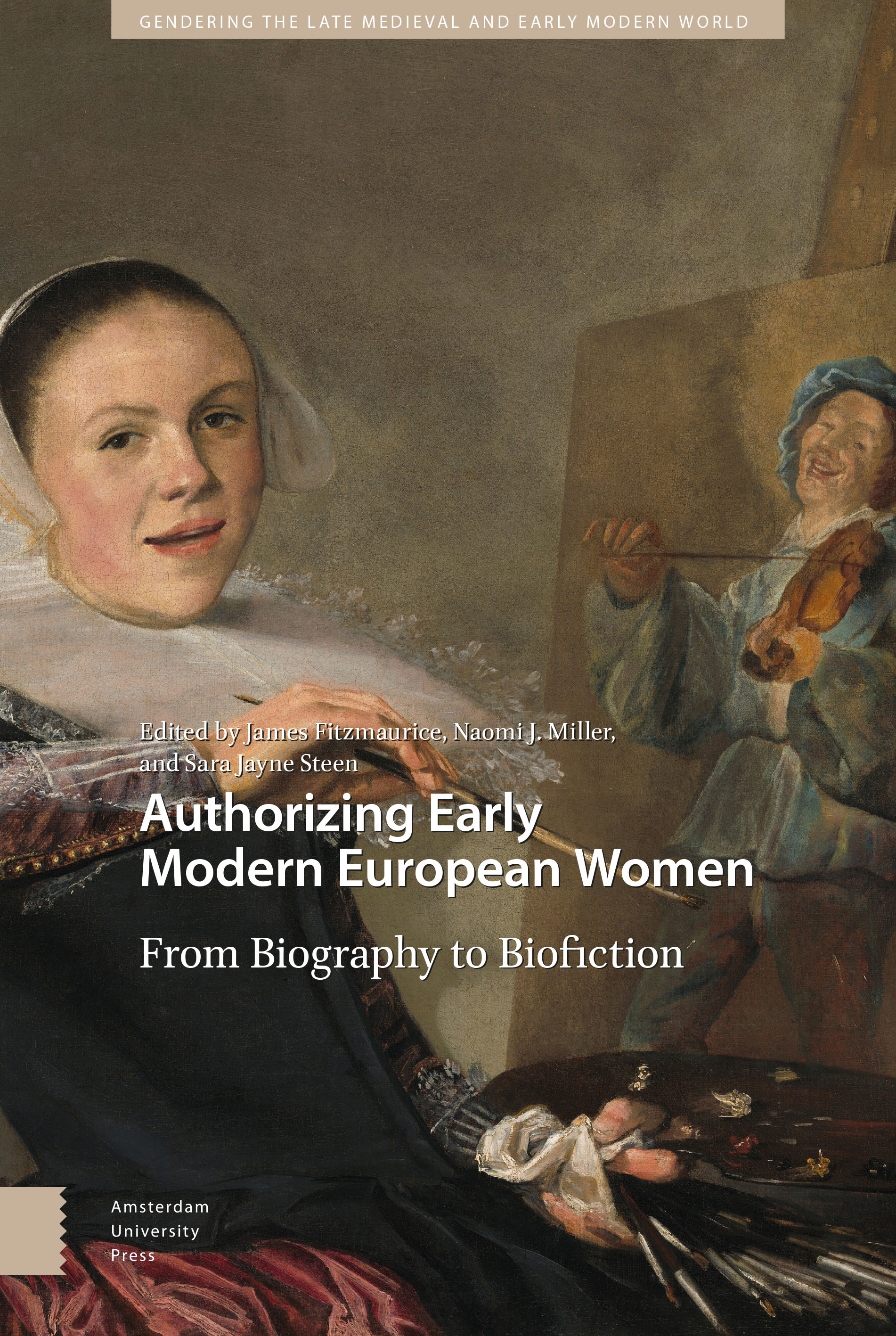2 - “Sister Teresa: Fictionalizing a Saint”
Published online by Cambridge University Press: 16 December 2021
Summary
Abstract
Tension between fact and fiction is at the crux of any biographical novel. When I wrote Sister Teresa, based on the life of the sixteenth-century saint Teresa of Ávila, I conducted extensive research on her life and the minutiae of everyday life in sixteenth-century Spain. Yet, although biographical fiction must necessarily draw on fact, the author must sift through fact to ascertain what is relevant to the portrayal of a deeper dramatic truth. Rather than an accurate representation of their subject's life, bio-novelists seek to convey the essence of the subject's personality, which may require them to modify facts. Rather than feign objectivity, I invented an unabashedly opinionated narrative voice for Sister Teresa – an unreliable narrator named Sister Angélica.
Keywords: Teresa of Ávila (de Jesús), biographical fiction, unreliable narrator, historical fiction, Discalced Carmelites, early modern Spanish women
When I wrote my biographical novel Sister Teresa, based on the life of the sixteenth-century saint Teresa of Ávila, I wanted to be respectful of the millions of people who venerate her. I didn't want to besmirch her reputation, yet I was anxious to create a vivid, exciting character and a saleable book. My previous novel, Frida, based on the life of Frida Kahlo, had been a bestseller. However, Kahlo was a sexual and social rebel, so turning her into a colorful character was relatively easy. In the case of Teresa, I had to humanize the saint and also build into the plot the adventure, romance, sexual tension, and mystery that a novel requires.
What drew me to Teresa was her spiritual message. At the beginning of Las Moradas (“The Interior Castle”) she invites us to “consider our soul to be like a castle made entirely out of a diamond or of very clear crystal, in which there are many rooms, just as in heaven there are many dwelling places” (1980, p. 283). By moving inward, through the different chambers, we eventually reach the innermost room, where God resides. For Teresa, finding God was not a matter of rituals and prayers mechanically performed, but of moving deeper into oneself, toward one's own spiritual core.
In 1562, Teresa formed a new religious order, the Discalced Carmelites, which fostered cultivation of the inner life.
- Type
- Chapter
- Information
- Authorizing Early Modern European WomenFrom Biography to Biofiction, pp. 23 - 32Publisher: Amsterdam University PressPrint publication year: 2021



